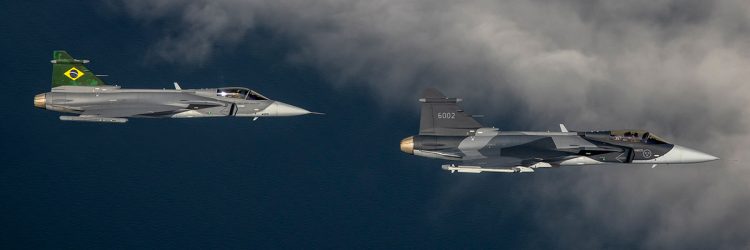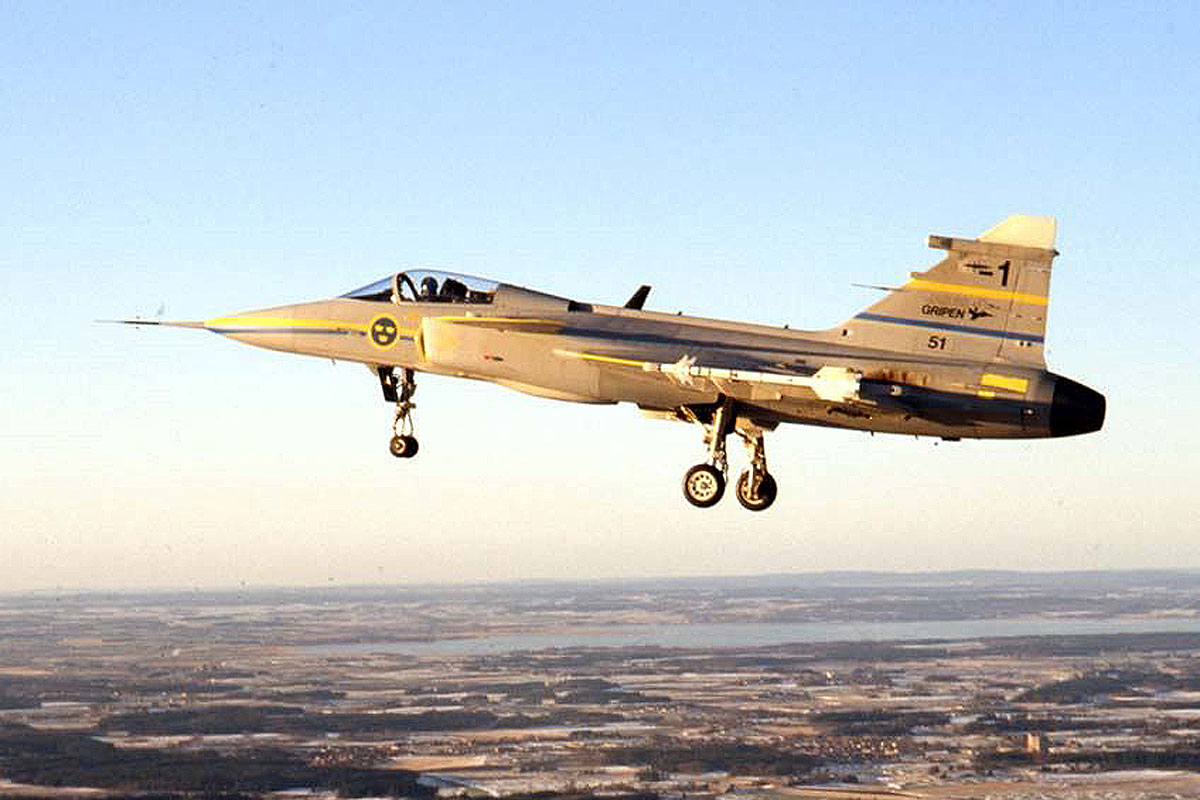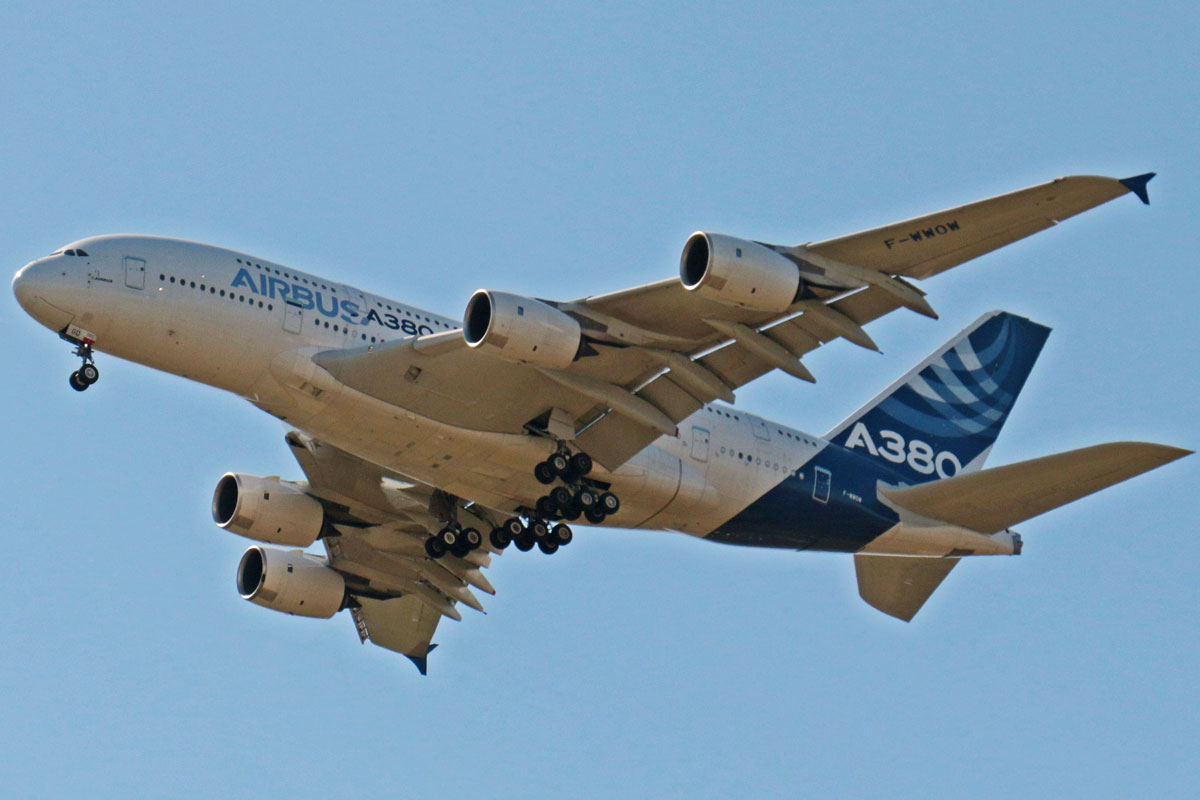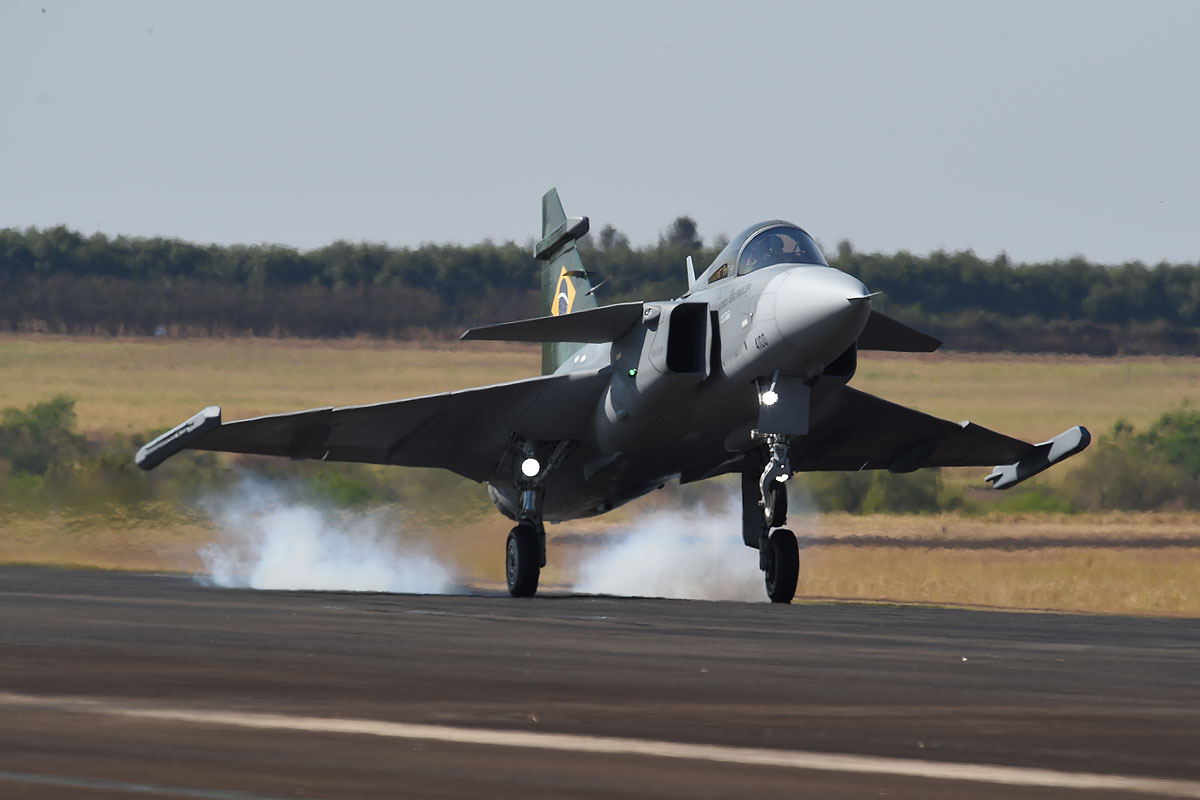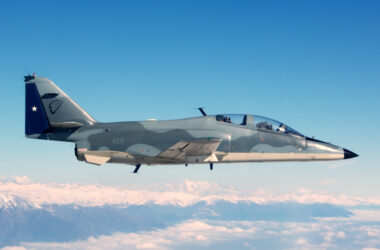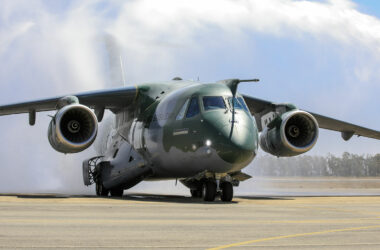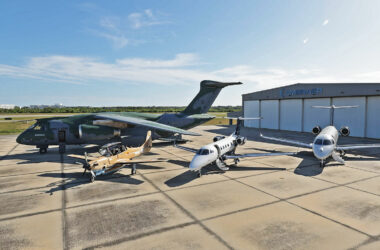When it takes off for the first time in Brazilian territory this Thursday, the F-39E Gripen fighter of the Brazilian Air Force will make the country advance decades in air defense capacity. With the exception of a few years when it used some Mirage 2000s, Brazil has been operating with quite outdated fighters (although modernized) in recent years. The irony is that Gripen is not as new as it looks. It is a project that began to be planned by Saab and the Swedish Air Force in the late 1970s and that flew for the first time in December 1988, almost 32 years ago.
This fact does not mean that Brazil is buying an old aircraft, on the contrary. The current Gripen E/F version is the most advanced of the manufacturer and extremely capable. However, it illustrates a reality that involves the development of combat aircraft, whose cost and complexity make this segment extremely difficult. So difficult that it has caused some powerful air forces to search for repowered versions of veteran planes like Boeing F-15 Eagle. An updated variant of the jet from the early 1970s has just been ordered by the U.S. Air Force.
The evolution of fighters has been in a dilemma since the United States debuted the F-22 Raptor, the first 5th generation jet with extremely advanced technologies at the time, including stealth capability. The Lockheed Martin fighter, however, proved to be complex and expensive to operate and with a flight availability below that expected by the USAF. The small and versatile F-35, also from the same manufacturer, is not far from it, having already consumed billions of dollars without yet proving the promised potential.
The 5th generation has taken such a big step that only a few years ago other countries have managed to activate squadrons with this type of fighter, such as China with the J-20 and Russia, with the Su-57. In Europe, the current programs aim for the 6th generation, which is even more advanced and, hopefully, more efficient. Meanwhile, countries like France, Germany, Sweden and the UK depend on their 4th generation fighters like the Gripen, Rafale and Eurofighter Typhoon.
While the new programs do not advance, the solution has been to develop improved versions of the original project, since a good platform is capable of absorbing a lot of technology and remaining relevant for many years. The greatest example is the B-52, the USAF eight-engine bomber that will fly alongside the highly advanced B-21 Raider.
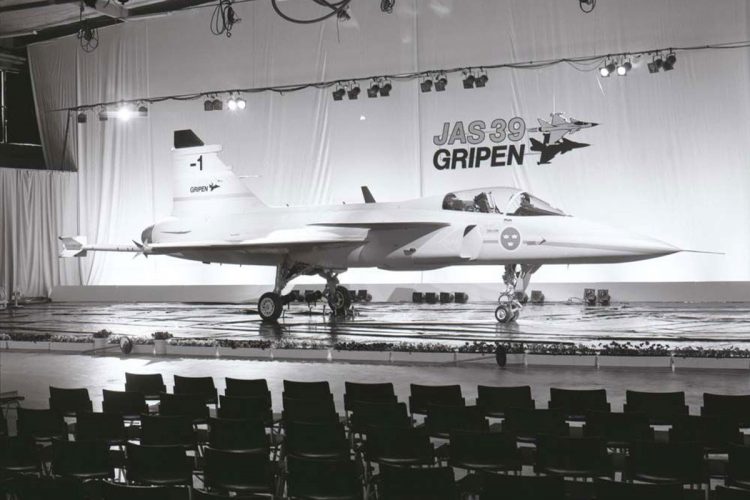
Generation 4 ++
Fighters that receive extensive updates are called Generation 4+ or 4 ++, as with Gripen NG (New Generation). The improved fighter project began in 2007 to incorporate several improvements, including replacing the original GE F404 engine (assembled under license in Sweden) with the F414G used by the F/A-18E/F Super Hornet fighter and expanding fuel capacity.
Saab has incorporated further advances such as a new AESA (Active Electronically Scanned Array) radar Raven ES-05, infrared search and tracking system (IRST) and WAD (Wide Area Display) panel, which will equip the Brazilian model. Thanks to the new turbofan, the Gripen E/F is now able to fly above the speed of sound without using afterburners. The jet also has a higher maximum take-off weight of 16.5 tonnes versus 14 tonnes of the Gripen C, transporting more fuel and addressing one of the project’s alleged weaknesses, the low range.
Although the manufacturer does not include the data in its material, the Gripen E would have a combat radius of about 1,400 km with external tanks. The Swedish fighter also has ten hardpoints that can carry a wide variety of weapons and sensors.
Following the tradition of long periods of development, the Brazilian Gripen will fly for the first time in the country to Gavião Peixoto unit where Saab will continue with the tests before starting deliveries to the Brazilian Air Force in 2021. Despite the wait, Brazil will return to have a respectable air defense capability in the years to come, even though that plane started to emerge four decades ago.
